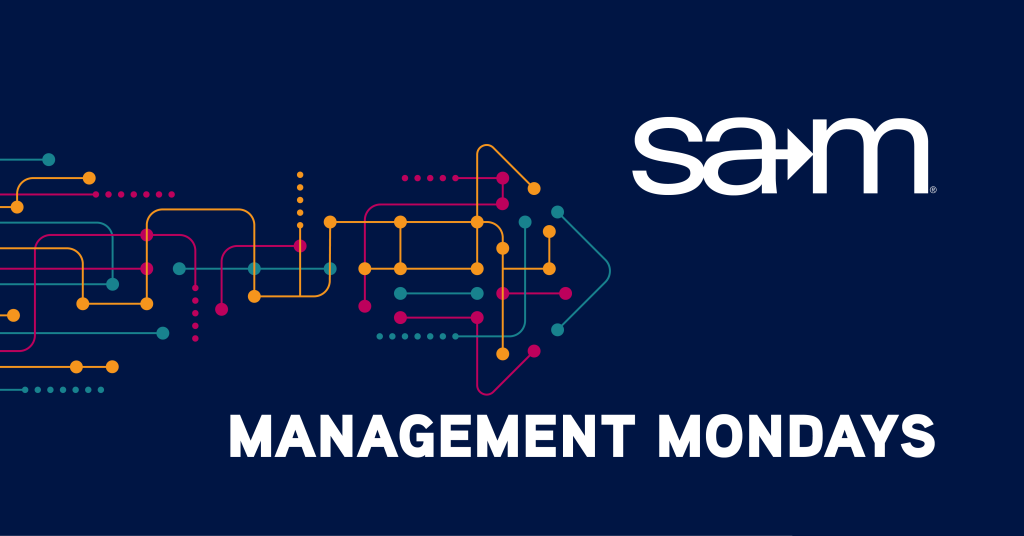
In many organizations, productivity is measured by how well each department performs within its own scope. Sales pushes to meet quotas, operations focuses on throughput, and finance keeps a close eye on spending. This seems like an efficient way to run a business. Each unit has defined responsibilities and is held accountable for specific results. The structure creates clarity, and the metrics provide guidance. However, when you take a step back and examine how the business operates as a whole, it becomes clear that success within departments does not always add up to organizational progress. Often, the parts function well individually but poorly in combination.
The siloed approach can produce a false sense of productivity. Departments may hit their numbers while inadvertently creating roadblocks for others. A team that completes its tasks quickly might do so without understanding the downstream consequences. When performance is tracked only within functional boundaries, nobody feels responsible for the overall outcome. In this environment, the organization becomes a collection of disconnected efforts. Valuable time and resources are lost not due to incompetence, but because no one is managing the space between departments where coordination should happen.
What Silos Hide and Systems Reveal
Silos persist because they offer control. Leaders feel more confident when they can isolate problems and assign them to specific teams. Departments become easier to manage when each has its own priorities, targets, and incentives. But this illusion of control often comes at the cost of speed and quality. When people are measured by isolated outcomes, they tend to optimize for their own goals. That focus, while good for the team, may produce rework or delays elsewhere. Everyone may be doing their job well, but the system still fails to deliver the best results.
Systems thinking offers a better lens. Rather than seeing each function as a standalone entity, this approach emphasizes how the parts interact. It shifts attention from internal efficiency to the smooth flow of value across the organization. Instead of asking how a team can move faster, the question becomes how the entire organization can work better together. This perspective brings to light the problems that arise at handoff points, in communication gaps, and in processes that are poorly aligned. It encourages cross-functional collaboration and reveals the real levers of performance.
Seeing the Whole System
One way to move away from siloed thinking is to visualize the end-to-end flow of work. By mapping how a product or service moves from initiation to delivery, organizations can uncover friction points that are invisible from within a single department. These include bottlenecks, duplicate efforts, or unclear responsibilities that lead to confusion. The exercise is not about assigning blame but about building shared understanding. It becomes clear that even highly capable teams can be slowed down when they do not have visibility into what happens before or after their stage of the process.
When teams look at the entire value stream together, they begin to see their work in context. A marketing team may learn that its lead generation strategy overwhelms the sales pipeline. An operations group may realize that its scheduling practices create delays in customer service. These discoveries encourage mutual problem-solving. Instead of working in parallel silos, people begin to collaborate around shared goals. Over time, this approach fosters alignment, builds empathy, and improves overall performance by reducing the friction that traditional structures tend to create.
Cross-Functional Collaboration as a Habit
Cross-functional collaboration should not be treated as an exception reserved for major projects. It needs to become a routine way of working. When people from different departments come together regularly to solve problems, they gain a better appreciation for each other’s roles and constraints. These interactions uncover assumptions and miscommunications that would otherwise go unaddressed. They also make it easier to align on priorities and timelines, which reduces the chances of conflicts down the line. Collaboration of this kind becomes a preventative measure, not just a response to breakdowns.
Embedding this kind of collaboration requires intentional design. Leaders can model cross-functional behavior by setting expectations that decisions will be made with input from all affected teams. They can also ensure that success is recognized not just within departments, but across them. Celebrating outcomes that involve multiple contributors sends a message that working across boundaries is not just accepted—it is expected. Over time, these practices help normalize behaviors that support a systems-oriented culture.
Changing What You Reward and Measure
To reinforce a systems mindset, organizations must reexamine how they define success. Traditional performance metrics often emphasize individual or departmental output. While useful, these measurements can incentivize short-term wins that conflict with long-term outcomes. For example, a customer service team might reduce call duration to hit response targets, even if it means sacrificing the quality of support. A purchasing department might focus on lowering unit costs without considering the delays caused by unreliable vendors. These decisions look good on paper but often increase costs elsewhere.
Instead, organizations can focus on broader measures that reflect how well the system performs. These might include overall customer satisfaction, cycle time from order to delivery, or the frequency of cross-functional issues. Tracking these kinds of metrics encourages collaboration and helps teams align around shared goals. It also provides a more accurate view of productivity, one that reflects the real complexity of delivering value. When teams know they will be judged by how well they work together, not just how fast they complete tasks, their behavior starts to change.
Final Thoughts
The most productive organizations are not those where every department operates at full speed on its own. They are the ones where each part of the system works in coordination with the others. Breaking down silos requires more than occasional cooperation or surface-level teamwork. It involves a structural shift in how work is organized, how outcomes are measured, and how leadership encourages cross-functional alignment. When people are supported in seeing how their work connects to the larger mission, collaboration becomes natural. They no longer focus only on doing their job well but begin to take ownership of how their work impacts others. This broader sense of accountability fosters better decisions and more sustainable performance. Silos can provide comfort, but they restrict growth and limit innovation. Real productivity emerges when the organization focuses on strengthening the relationships between teams, not just optimizing the output of each one. A systems mindset reveals opportunities that siloed thinking often misses, especially at the points where work moves from one team to another. To move forward, organizations must reimagine how they structure teamwork, how they track progress, and how they build trust across departments. This shift may require effort, but it leads to a culture where continuous improvement is possible, and where people are empowered to work together for shared success.
High-performing teams do not emerge by chance. They are built through intentional leadership, strong communication, and a deep understanding of how people respond to change. If you’re ready to guide your team through the challenges of cross-functional collaboration, evolving priorities, and structural transformation, now is the time to sharpen your skills.
Enroll in Leading and Managing Change, an interactive online course designed for managers who want to lead with purpose and confidence in today’s dynamic business environment. You’ll explore practical tools like Kotter’s Eight Step Process and Lewin’s Change Model, gain insights into overcoming resistance, and learn how to foster engagement across all levels of your organization. Whether you’re navigating digital transformation, restructuring, or cultural shifts, this course will equip you to move from isolated efforts to unified action. SAM members receive a 20% discount on Leading and Managing Change register now and become the leader who turns change into momentum.

Written By,
Patrick Endicott
Patrick is the Executive Director of the Society for Advancement of Management, is driven by a deep commitment to innovation and sustainable business practices. With a rich background spanning over a decade in management, publications, and association leadership, Patrick has achieved notable success in launching and overseeing multiple organizations, earning acclaim for his forward-thinking guidance. Beyond his role in shaping the future of management, Patrick indulges his passion for theme parks and all things Star Wars in his downtime.
